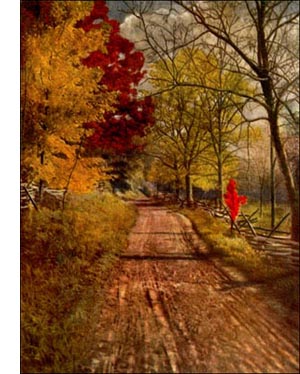Red Bay Laurel Tree
 Red Bay (Persea Borbonia, Spreng.)-A shapely, narrow headed tree, 50 to 70 feet high, with numerous stout, erect branches and angled branchlets. Roots yellow, fleshy. Bark thick, red, furrowed and cut into broad, flat, scaly ridges; branches greenish. Wood hard, heavy, strong, bright red. Buds woolly, red, small.
Red Bay (Persea Borbonia, Spreng.)-A shapely, narrow headed tree, 50 to 70 feet high, with numerous stout, erect branches and angled branchlets. Roots yellow, fleshy. Bark thick, red, furrowed and cut into broad, flat, scaly ridges; branches greenish. Wood hard, heavy, strong, bright red. Buds woolly, red, small. Leaves evergreen, 3 to 4 inches long, broad, entire, oblong to lanceolate, tapering at base and apex, thick, bright green, lustrous, gloucous beneath, turning yellow; petioles stout, short, brown. Flowers small, white, axillary, in few-flowered clusters. Fruit blue or black, shiny berries, z inch long, 1-seeded, with persistent calyx lobes. Preferred habitat, stream and swamp borders. Distribution, Virginia to Texas near coast; north to Arkansas.
The red bay is a handsome tree deserving more extensive cultivation for its clean, leathery foliage, which is red when it opens and yellow before it dies. The brilliant dark green mass is lightened in summer by the pale leaf linings. The red bark probably gives the name its distinguishing adjective. The leaf is not unlike that of Laurus nobilis, the familiar tub laurel of hotel verandas.
This lover of rich, wet soil is occasionally discovered growing wild among long-leaf pines in dry, sandy loam-a most encouraging fact for anyone who wishes to grow the tree in ordinary welldrained soil. The berries are handsome but not showy. The wood was once used for boatbuilding, but is now devoted to interior house finishing and fancy articles of furniture. It is comparatively rare in use.